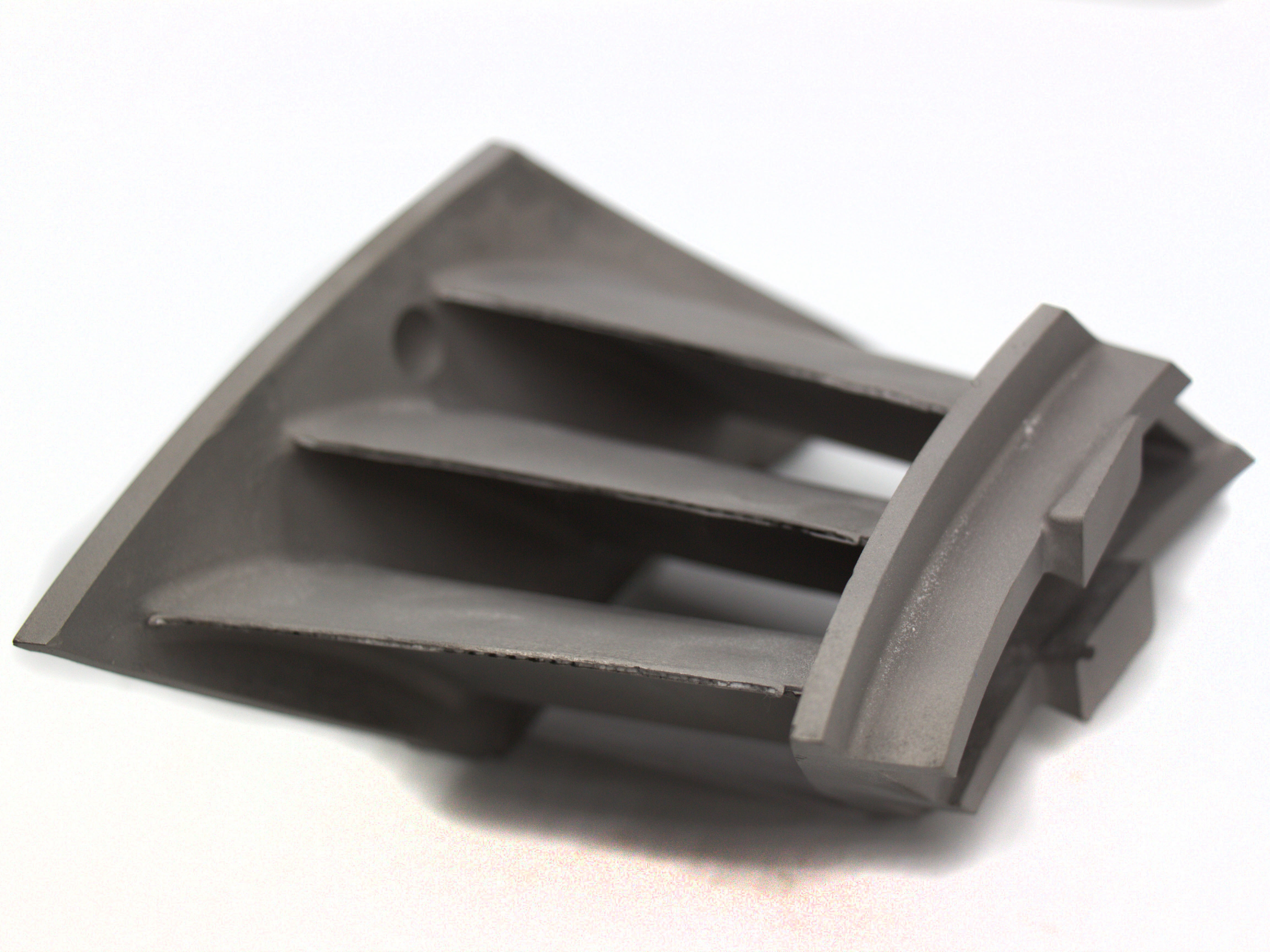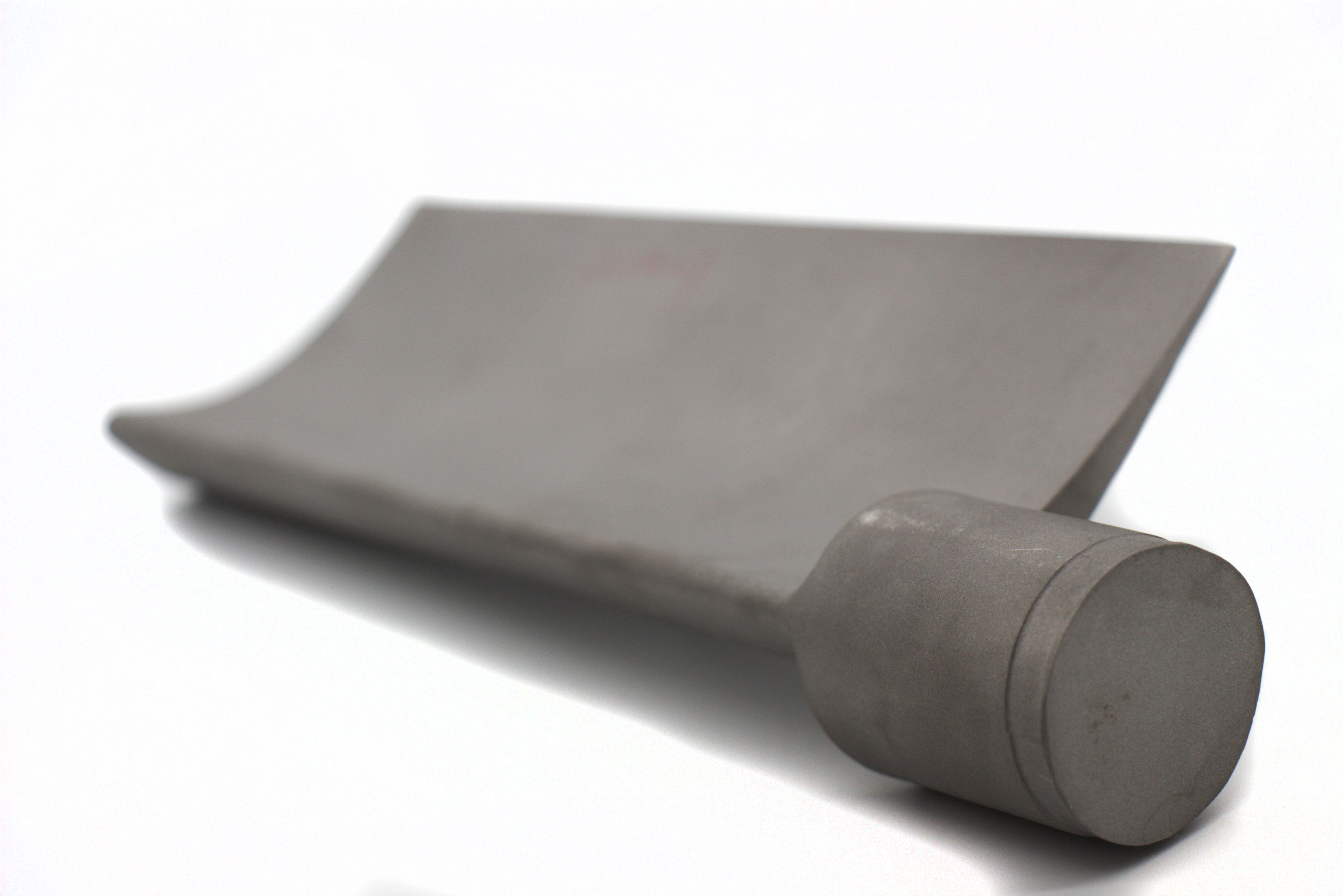Which materials benefit most from HIP for increased density and strength?
Which Materials Benefit Most from HIP for Increased Density and Strength?
Overview
Hot Isostatic Pressing (HIP) is a critical post-processing method for metal 3D printed parts. It applies high pressure (typically 100–200 MPa) and elevated temperature (900–1250°C) in an inert atmosphere to eliminate internal porosity, improve density, and enhance fatigue and mechanical strength. HIP is especially effective for materials that exhibit microvoids, incomplete fusion, or high residual stress in as-printed condition.
1. Titanium Alloys
Best for: Aerospace and medical components requiring high fatigue strength and biocompatibility
Ti-6Al-4V and Ti-6Al-4V ELI (Grade 23): HIP at 920°C and ~100 MPa eliminates porosity and increases elongation and fracture toughness
Ti-6Al-2Sn-4Zr-2Mo: Critical for high-temperature aerospace structures where internal defects would compromise reliability
2. Nickel-Based Superalloys
Best for: High-temperature turbine, combustor, and structural components in aerospace and energy industries
Inconel 718: HIP at ~1180°C densifies the microstructure, improving fatigue life and creep resistance
Hastelloy X and Haynes 230: HIP ensures defect-free high-temperature parts for combustors and seals
3. Tool Steels
Best for: Mold cores, cutting tools, and dies where toughness and wear resistance are essential
Tool Steel 1.2709: Benefits from HIP + aging to achieve >50 HRC and consistent mechanical properties throughout the volume
Tool Steel H13: HIP stabilizes the microstructure before tempering, reducing fracture risk in high-stress tooling applications
4. Stainless Steels
Best for: Pressure-containing components, implants, and corrosion-resistant parts
SUS316L: HIP improves ductility and eliminates gas pores, critical for food-grade, marine, and biomedical uses
SUS630/17-4 PH: HIP prior to aging enhances dimensional stability and fatigue resistance
5. Aluminum Alloys
Best for: Lightweight structural components in aerospace and motorsports
AlSi10Mg: HIP improves ductility and fatigue strength by reducing microcracks and interlayer defects
Summary Table: Materials Best Suited for HIP
Material | Key Benefits from HIP |
|---|---|
Ti-6Al-4V / ELI | Eliminates porosity, improves fatigue life |
Inconel 718 | Increases creep and fatigue resistance |
Tool Steel 1.2709 | Uniform hardness, reduced brittleness |
SUS316L / 17-4 PH | Enhances corrosion resistance and toughness |
AlSi10Mg | Reduces internal defects, improves ductility |
Recommended HIP-Ready Services from Neway 3DP
Hot Isostatic Pressing (HIP) Eliminates porosity and enhances strength in mission-critical parts
Heat Treatment Follow-up tempering, aging, or annealing post-HIP for mechanical optimization
CNC Machining Final dimensional adjustment after thermal post-processing



